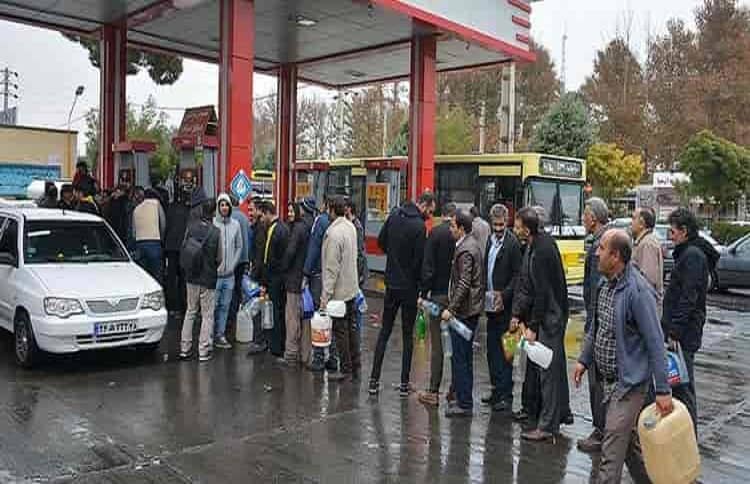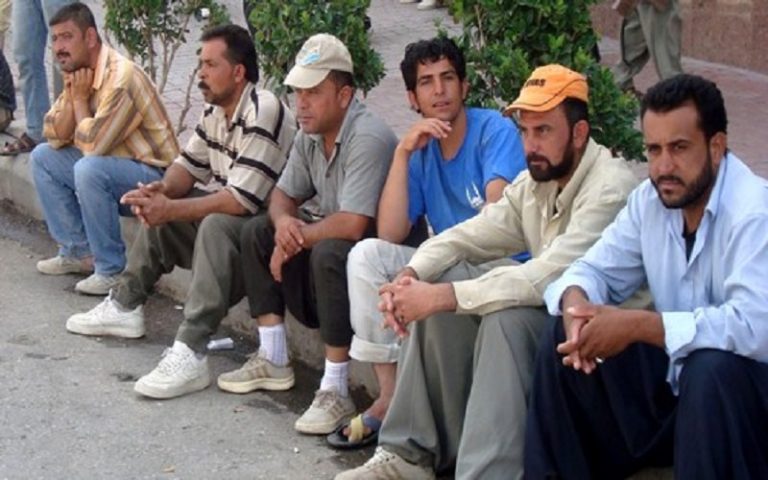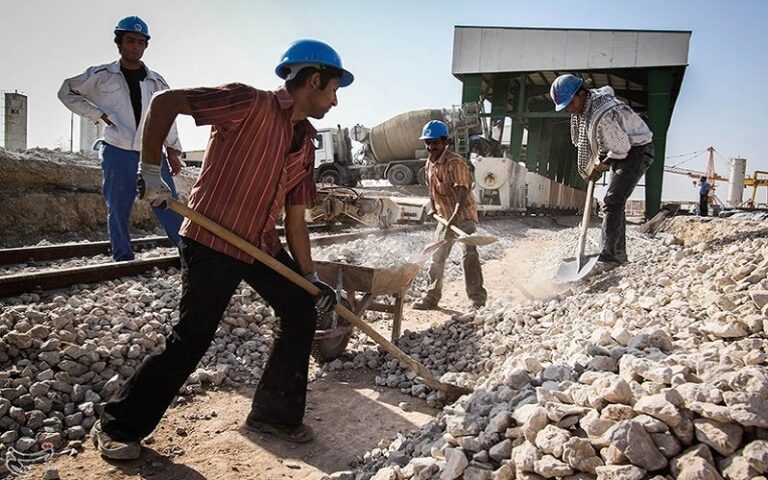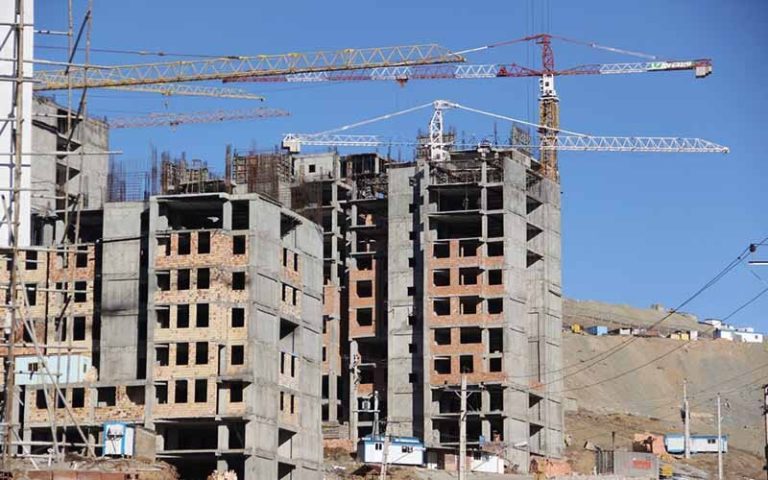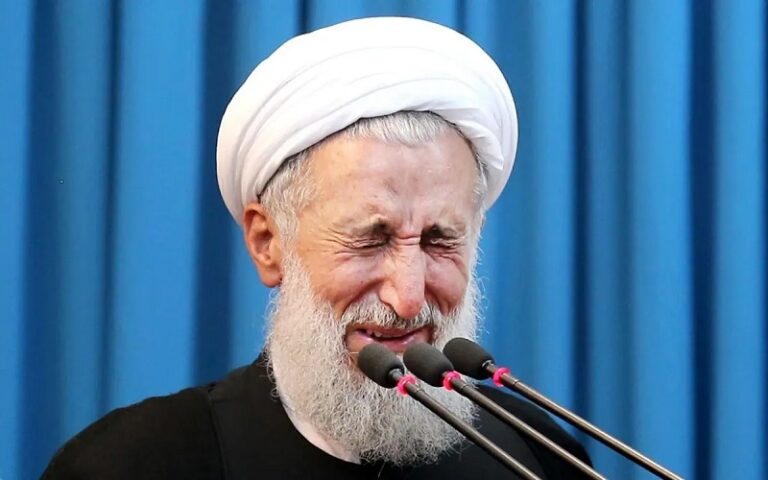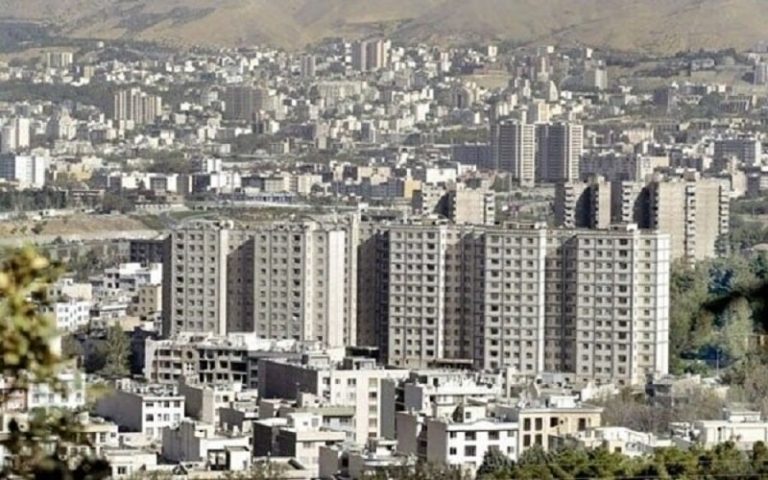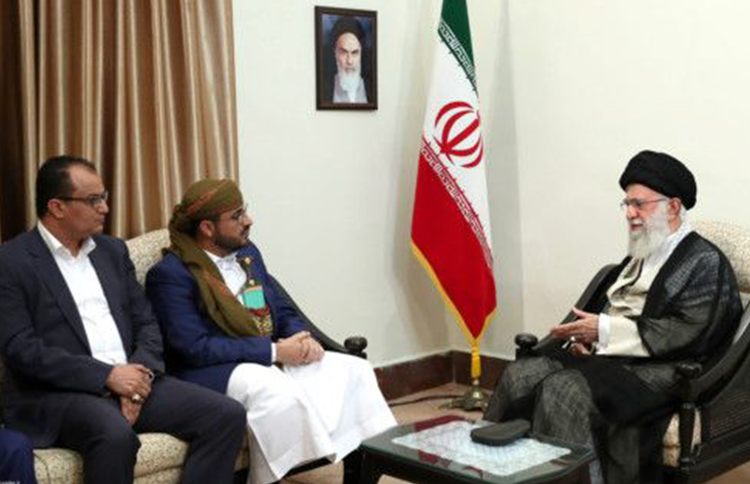On March 19, Iran set a new historical record in gasoline consumption with 152 million liters consumed in one day.
This record-breaking consumption comes at a time when, according to Iranian regime’s media reports, the production of gasoline in Iran’s 10 refineries under optimal conditions is at a maximum of 117 million liters per day.
However, this figure also includes gasoline from petrochemical sources, which, according to some experts, is technically unauthorized and carcinogenic.
Nournews website, linked to the regime’s Supreme National Security Council, has described the increase in gasoline consumption in the country as a “major challenge” and announced that the Ministry of Oil has resorted to strategic gasoline reserves to meet the country’s fuel needs.
On the first day of the Persian new year (beginning on March 21), Ja’far Salari-Nasab, CEO of the Oil Products Distribution Company, announced that daily gasoline consumption has increased by 25 million liters compared to the same time last year.
Nournews website has analyzed gasoline consumption statistics in recent years from a security perspective and noted that the daily gasoline consumption increase from 88 to 122 million liters in just two years is a matter that cannot be overlooked easily, as annually $80 billion, which is twice the country’s oil revenues, is spent on fuel subsidies.
The concerns arising from gasoline consumption and its costs have compelled the government to consider increasing prices and reducing quotas, an event that could have social repercussions; a recent example being the November 2019 protests and the subsequent massacre of protestors against the gasoline price hike during then-regime president Hassan Rouhani’s administration.
However, the government, ignoring these repercussions, is preparing public opinion for this action, and in this regard, the economic minister’s advisor, on March 8, deemed the increase in gasoline prices in Iran inevitable and stated that the government must first engage with the people through authorities, scholars, and experts before raising gasoline prices.
These statements came after Kazem Azizi, deputy of industries and energy at the Transportation and Fuel Management Headquarters, in an interview with the Hammihan newspaper on March 5, had announced the government’s plans for gasoline, including eliminating the subsidized gasoline quota and increasing its price to 30,000 rials (approximately $0.04) in the final step.
Azizi emphasized that if the government aims to control consumption, this action will only take place with a price increase from 15,000 to 150,000 rials (approximately $0.24).
The state-run Hammihan newspaper also referred to sanction issues and currency problems and quoted Azizi as saying, “It’s a crisis.”
Alongside these statements, media outlets and government-linked experts continuously discuss gasoline shortages and the budget required for imports to prepare public opinion for gasoline changes.
In this regard, Hashem Oraee, the head of the Union of Energy Scientific Associations, announced on February 25th the import of $4 billion worth of gasoline and diesel and stated that the regime’s Supreme Leader, Ali Khamenei, expressed dissatisfaction, asking, “Why should we import gasoline?”
The semi-official ILNA news agency also reported in February, based on its own reporters’ information in the corridors of the parliament, that the government plans to move towards a three-tiered gasoline system by reducing the quota for free gasoline or the 30,000-rials gasoline, starting from next spring.
Ahmad Vahidi, the Minister of Interior, stated on December 6th, “One liter of our gasoline is cheaper than one liter of water.”
The increase in gasoline prices during President Hassan Rouhani’s presidency in November 2019 led to widespread protests in Iran. In response to these extensive protests, the Iranian regime took action to suppress the protesters.
These protests resulted in the deaths of at least 1,500 people. Khamenei had ordered governmental and security officials to do “whatever it takes” to stop the protests during this unrest.


